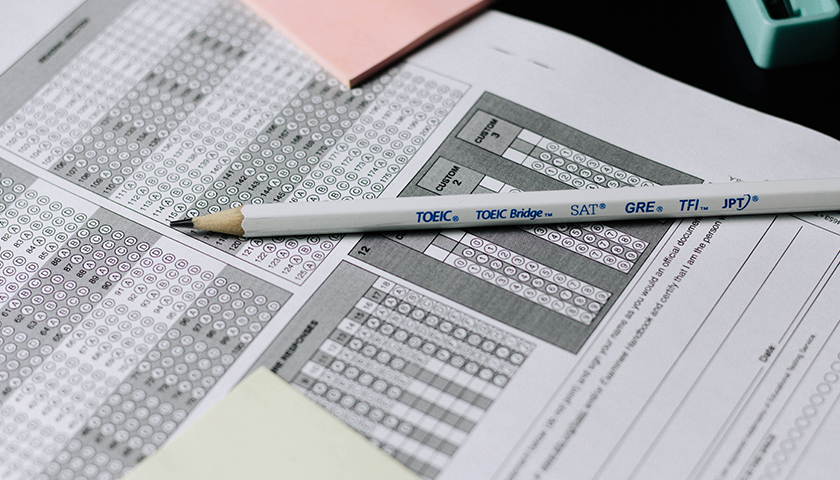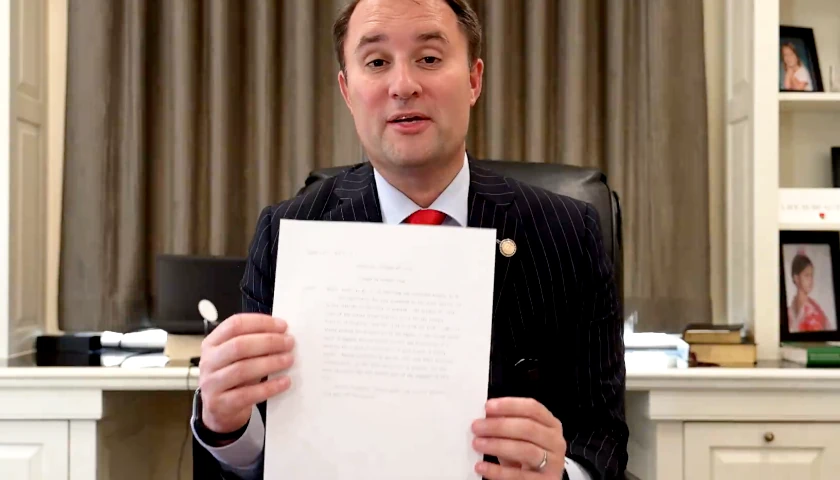Test scores of Michigan students fell dramatically after Gov. Gretchen Whitmer (D) responded to the coronavirus pandemic by banning in-person learning for much of last school year.
Whitmer sided with union bosses in keeping schools closed for much of 2020, but then recommending reopening in 2021, only to suggest they go virtual again after spring break, according to ABC 13. Test results show the reversals and upheaval affected student performance:
WWMT reported M-STEP test scores suffered “dramatic declines” after “a year and a half of disrupted learning.”
While Whitmer opted to continue to mandate remote learning, numerous studies demonstrated that the risk of transmitting COVID-19 for students during in-person learning was low.
State Superintendent Dr. Michael Rice attempted to put a positive spin on the problem, arguing it was merely “unfinished learning.”
“In spite of the extraordinary efforts of educators, support staff, school leaders, parents, the broader community, and students themselves, the disruption of the pandemic has inevitably resulted in unfinished learning for many of our children,” Rice told the news station.
It is entirely likely that scores would have been even lower if all students took the assessments. According to Rice, only 75 percent of students participated.
“The 2020-21 school year was such an uneven year with high health risks for students and staff, inconsistent technology, and variations in teaching and learning across the state,” Rice, an appointee of the state board of education, said. “Any analysis of M-STEP results must factor in low participation rates in state testing.”
Rice and the Whitmer administration sought to exempt students from taking the M-STEP, perhaps anticipating the results of Whitmer’s policies, by seeking a waiver from the federal Department of Education.
The Biden administration rejected that request, responding that “state assessment and accountability systems play an important role in advancing educational equity,” according to Bridge.
“To be successful once schools have reopened, we need to understand the impact COVID-19 has had on learning and identify what resources and supports students need,” the response said. “We must also specifically be prepared to address the educational inequities that have been exacerbated by the pandemic, including by using student learning data to enable states, school districts, and schools to target resources and supports to the students with the greatest needs. In addition, parents need information on how their children are doing.”
Across the country, test scores have demonstrated that remote learning dramatically hurts students’ learning. Specifically, studies have proven that low-income and minority students have been affected the most.
“Students of color could be six to 12 months behind, compared with four to eight months for [W]hite students. While all students are suffering, those who came into the pandemic with the fewest academic opportunities are on track to exit with the greatest learning loss,” explained a McKinsey analysis.
— — —
Cooper Moran is a reporter for The Star News Network. Follow Cooper on Twitter. Email tips to [email protected].








